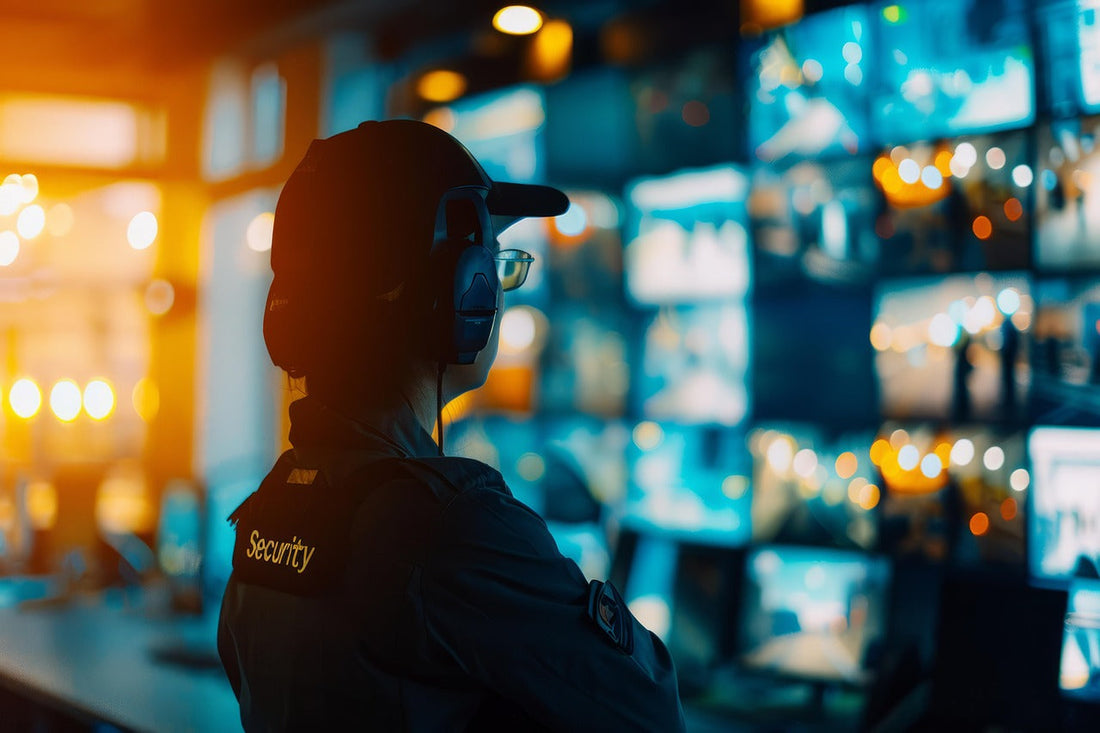As we enter 2025, the security landscape continues to evolve at an unprecedented pace. Businesses across all industries face a growing number of threats—both digital and physical—that demand proactive strategies and modern solutions. Ignoring these risks isn’t an option. To stay ahead, companies must understand the latest security trends and adapt before they find themselves vulnerable.
1. The Rise of AI-Powered Threats
Artificial Intelligence (AI) has become a double-edged sword. While it enhances security capabilities through advanced surveillance, automated threat detection, and predictive analytics, it’s also being leveraged by cybercriminals. AI-generated phishing attacks, deepfake scams, and automated hacking tools are becoming more sophisticated, making traditional security measures less effective. Businesses must invest in AI-driven security solutions to combat these threats and stay one step ahead.
2. Physical Security Meets Cybersecurity
The line between physical and cyber threats is blurring. With the rise of smart buildings, IoT devices, and cloud-based access control systems, a cyberattack can now have real-world consequences. Hackers can manipulate security cameras, access control systems, or even disable entire networks. Businesses must adopt an integrated security approach, ensuring that both physical and cybersecurity measures work in tandem to prevent breaches.
3. Increased Workplace Violence & Insider Threats
Rising economic pressures, social tensions, and post-pandemic shifts have led to an increase in workplace violence and insider threats. Companies must take proactive steps, including enhanced background checks, real-time threat monitoring, and de-escalation training for employees. A strong security presence and a well-trained workforce can make all the difference in preventing incidents before they escalate.
4. Mobile Patrols & On-Demand Security Services
With businesses facing labor shortages and unpredictable security needs, on-demand security solutions are gaining traction. Mobile patrols, remote monitoring, and AI-powered surveillance allow businesses to maintain strong security without the overhead of a full-time team. This flexible approach is particularly beneficial for retail stores, commercial properties, and construction sites where security needs fluctuate.
5. Compliance & Data Protection Regulations
Governments worldwide are tightening data protection laws, requiring businesses to adopt stricter security measures. Whether it’s GDPR, CCPA, or Canada’s evolving privacy regulations, companies must ensure they are compliant to avoid hefty fines and reputational damage. This means stronger access controls, encrypted communications, and regular security audits are no longer optional.
6. The Need for Proactive Security Training
Having the right technology in place is only half the battle—employees must also be equipped to recognize and respond to threats. Security awareness training is becoming a key focus for organizations looking to minimize human error. Regular training on phishing scams, emergency response, and workplace safety ensures that everyone plays a role in keeping the business secure.
Final Thoughts
In 2025, businesses can no longer afford to take a reactive approach to security. The threats are evolving, and so must our defenses. By staying informed and implementing proactive security strategies, companies can safeguard their assets, employees, and reputations.

